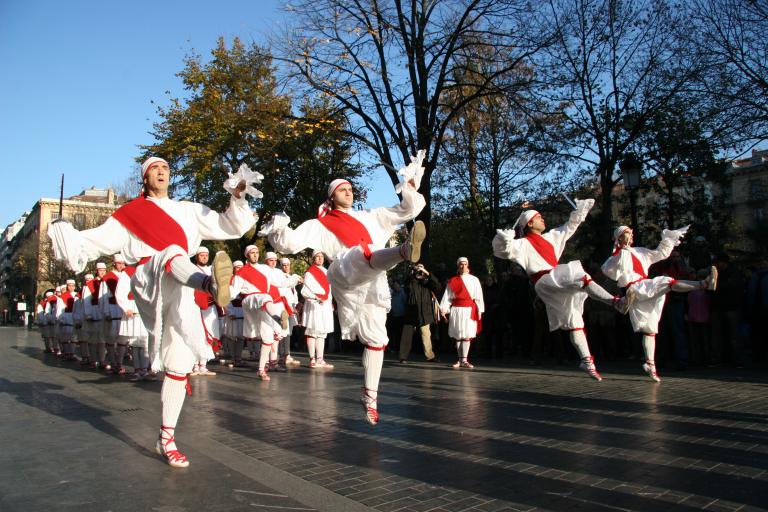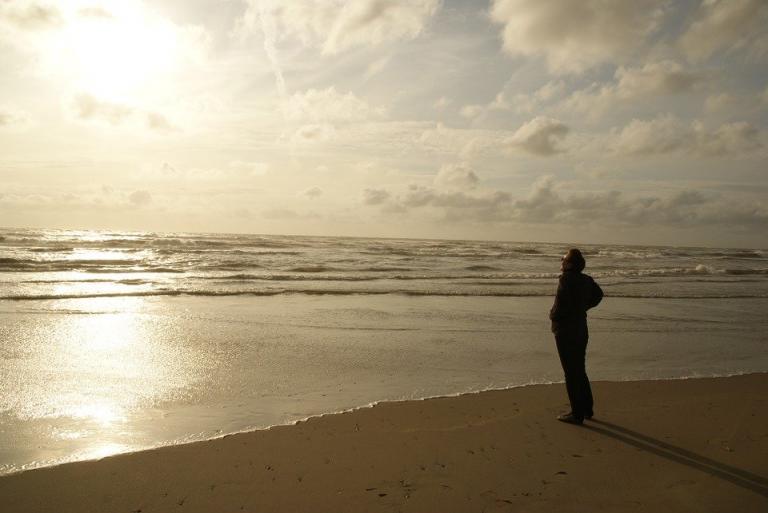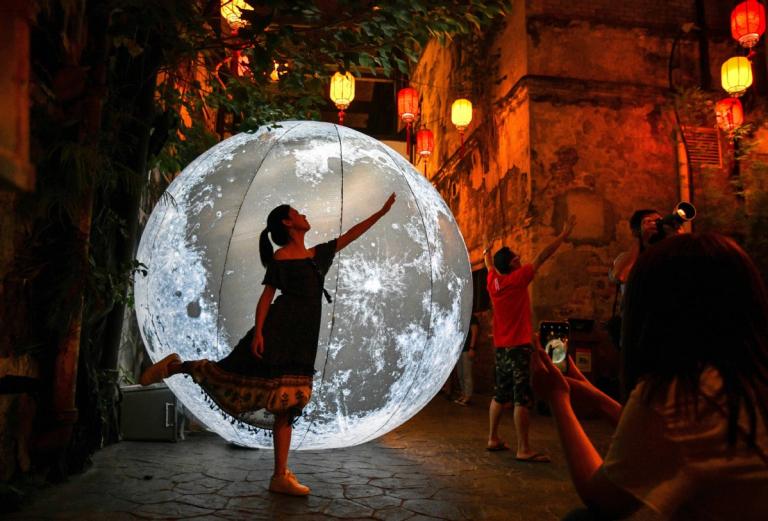Dances from Nature
5 min readChina is a multiethnic country. Though various ethnic groups have different historical origins, living habits and cultural backgrounds, all these ethnic groups live and develop in the embrace of and love nature. Therefore, among colorful ethnic dances, there are many dances reflecting and praising nature such as Dai people’s peacock dance, Miao people’s golden pheasant dance and Manchus’ butterfly dance.

Dai people’s peacock dance is one of the most famous Chinese folk dances popular in the areas inhabited by Dai people such as Xishuangbanna and Ruili in Yunnan.
Legend has it that more than a thousand years ago, Zhaomali Jieshu, the head of the Dai ethnic group, learned a dance through imitating the gestures of the peacock. The dance was improved and perfected by later generations before it finally became today’s peacock dance.
In the mind of Dai people, the “holy bird”peacock is a symbol of happiness and auspiciousness. Among the numerous Dai dances, people are most fond of and familiar with the peacock dance. In the areas inhabited by Dai people, there are festivals in almost every month, and people sing and dance during every festival. In the annul ethnic festivals such as the Water-splashing Festival, the Door Closing Festival and the Door Opening Festival, Dai people get together, beat big gongs and elephant foot drums, and perform the graceful peacock dance.
Dai people, very familiar with peacocks’ living habits, have created a fixed procedure of the peacock dance. Generally it starts by presenting the scene of a peacock’s leaving its hide, looking around keenly, finding no threat and dancing trippingly on the lawn, then continues by putting aside grass and branches to drink water and look for food, and finally, ends by happily drinking the water found, bathing looking at its reflection, shaking off water drops on its body handsomely, and extending its gorgeous wings.. In the past, traditional peacock dances were mostly performed by men wearing golden helmets, masks and peacock feather clothes under the accompaniment of drums, gongs and small cymbals. According to the dancing procedure, dancers jump, turn and make plentiful hand postures. Moreover, the postures of a peacock wandering in trees and paddling near a fountain are reflected by the elegant body shape of “three curves”.
The elephant foot drum is the most important accompanying musical instrument in the peacock dance. The peacock dance’s performance effect is closely related to the proficiency of elephant drum players. Only drummers proficient in dances can choose and change the rhythm and speed of drumbeats according to dancers’ levels and guide dancers to perform highly difficult unique skills. At the climax of the dance, musicians sometimes also participate in the dance, and beat drums with their fingers, hands, elbows, heads, feet and other body parts to imitate various natural sounds in a spectacular scene.

Though the peacock dance has a fixed performance procedure, different styles with unique characteristics have been formed in different periods and different regions. There are people good at the peacock dance in every stockade village of Dai people, and there are also differences among different dancers’ performances.
However, its essence is the same. The peacock dance embodies Dai people’s good wishes and ideals.
Miao people’s golden pheasant dance,a folk traditional dance with a style of its own, originated in Paidiao Town, Danzhai County, Guizhou Province. In this area, men and women of all ages perform the golden pheasant dance, especially during housingconstruction and festivals. After hearing the sound of reed pipe wind instruments, people come and dance in a circle joyfully in a very lively atmosphere.
It is said that the ancestors of the “Ganao”branch of Miao people lived on a prairie in the east, and later came along the river to Danzhai County because of a flood. In the course migration, beautiful golden pheasants helped them find the last settlement. After they settled down, golden pheasants also brought rice seeds to them and allowed them to survive on the land. Later, Miao people commemorated their ancestors through the golden pheasant dance, and praised golden pheasants for bringing them happiness and joy.
The golden pheasant dance is mainly accompanied with reed pipe wind instruments. UItra-large, large, medium and small reed pipe wind instruments produce mixed sounds of low, medium, high and ultra-high pitches, joyful and smooth rhythms and melodious notes. All women with coiled-up hair participating in the performance wear bright-colored clothes, silver gold pheasant head ornaments, pleated embroidered miniskirts, complete sets of silver bracelets, and embroidered shoes with pointed raised heads, dressed like beautiful golden pheasants. During the dance, young men playing reed pipe wind instruments lead dancers in front, and women follow them in a long line, dancing gracefully counterclockwise according to reed pipe wind instruments’ tunes, sometimes going slowly, sometimes going fast, sometimes going up, sometimes going down, sometimes going to the front, sometimes going to the back, sometimes going to the left and sometimes going to the right. The dance is characterized by many leg movements, few arm movements and natural waist and knee swinging. Dancers change graceful postures according to reed pipe wind instruments’ beats, and naturally swing both hands outwards. The silver golden pheasant ornaments on their heads seem ready to fly, and the feathers on their pleated skirts’ edges dance lightly like golden pheasants looking for food and having fun.
Manchus’ butterfly dance is mainly performed in the Fengning Manchu
Autonomous County, Chengde City, Hebei Province. Local Manchus are very fond of the dance. The butterfly dance is performed by eight people, including four children playing butterflies and wearing butterfly hats and butterfly clothes and four grownup men playing “perches”. The butterfly dance is performed mainly in two forms. One is the square performance: the butterflies stand on the shoulders or heads of the “perches”, spread two arms or one arm and imitate various movements of flying butterflies, while the “perches”run around at a fixed speed or walk slowly at a fixed speed. The other form is the stage performance: the four butterflies make the same movement and form the same shape at the same time in the same direction,e.g.highly difficult stunts such as “children worshipping Buddha”,”posing as a cock standing on one foot”,”carp kick-up”and “magpies climbing branches”, and the “perches”should keep changing their formation while ensuring coordination with the movements of the “butterflies”, form the scene of a group of butterflies spreading their wings and dancing gracefully, and show the artistic charm of pursuing steadiness in danger and achieving stillness in motion.
Manchus’ butterfly dance not only reflecting Manchu people’s pursuit of natural beauty, but also showing the soft side of their pierce personality, horsemanship and archery is a gem in their treasure house of ethnic art.
Nature inspires people to dance. These ethnic folk dances from high mountains, thick forests, rivers and lakes full of passion and soil’s fragrance show the Chinese nation’s long history and profound cultural heritage from different perspectives regardless of their types.









